Archives
- 2025-12
- 2025-11
- 2025-10
- 2025-09
- 2025-03
- 2025-02
- 2025-01
- 2024-12
- 2024-11
- 2024-10
- 2024-09
- 2024-08
- 2024-07
- 2024-06
- 2024-05
- 2024-04
- 2024-03
- 2024-02
- 2024-01
- 2023-12
- 2023-11
- 2023-10
- 2023-09
- 2023-08
- 2023-07
- 2023-06
- 2023-05
- 2023-04
- 2023-03
- 2023-02
- 2023-01
- 2022-12
- 2022-11
- 2022-10
- 2022-09
- 2022-08
- 2022-07
- 2022-06
- 2022-05
- 2022-04
- 2022-03
- 2022-02
- 2022-01
- 2021-12
- 2021-11
- 2021-10
- 2021-09
- 2021-08
- 2021-07
- 2021-06
- 2021-05
- 2021-04
- 2021-03
- 2021-02
- 2021-01
- 2020-12
- 2020-11
- 2020-10
- 2020-09
- 2020-08
- 2020-07
- 2020-06
- 2020-05
- 2020-04
- 2020-03
- 2020-02
- 2020-01
- 2019-12
- 2019-11
- 2019-10
- 2019-09
- 2019-08
- 2019-07
- 2019-06
- 2019-05
- 2019-04
- 2018-07
-
Several large scale clinical studies have set
2020-02-25
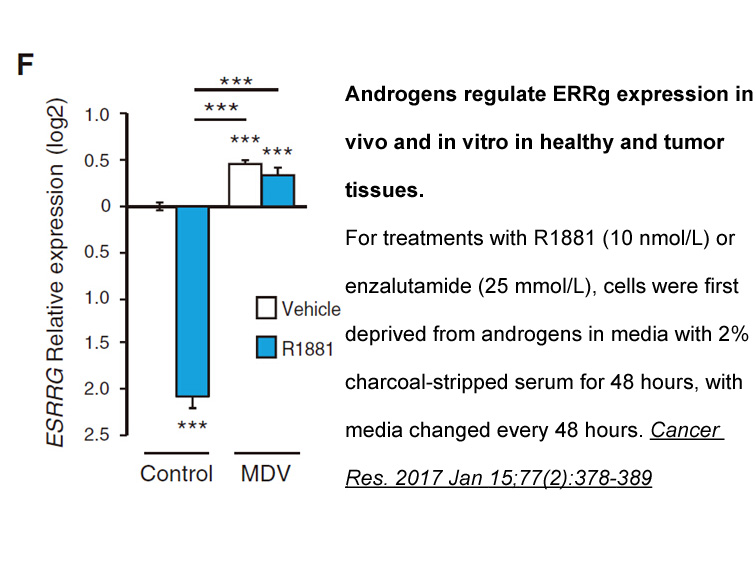
Several large-scale clinical studies have set out with the common goal to further understand the cognitive impact of menopause and hormone therapies taken by women (Gleason et al., 2015, Greendale et al., 2011, Karlamangla et al., 2017, Rapp et al., 2003, Shumaker et al., 2003). Only one human study
-
Many studies have documented that
2020-02-25

Many studies have documented that enolase acts as a plasminogen-binding protein and this interaction is involved in the tissue invasion and pathogenicity of the causative agents (Almeida et al., 2004; Avilan et al., 2000; Marcilla et al., 2007; Mundodi et al., 2008; Vanegas et al., 2007). Furthermor
-
br Methods br Results br Discussion
2020-02-25
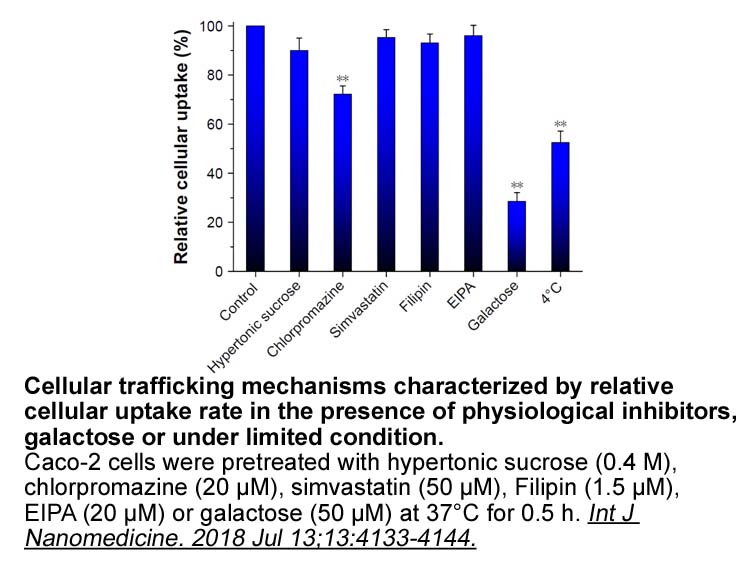
Methods Results Discussion The findings of this study indicate that an ET system including ET-1 and ET-2 as well as ET receptors are present in the retina and RPE/choroid, and are up-regulated by both hypertension and diabetes. Specifically, individual antagonism of the ETRA or ETRB deliver
-
Several studies on the collagen receptor DDR have revealed
2020-02-25
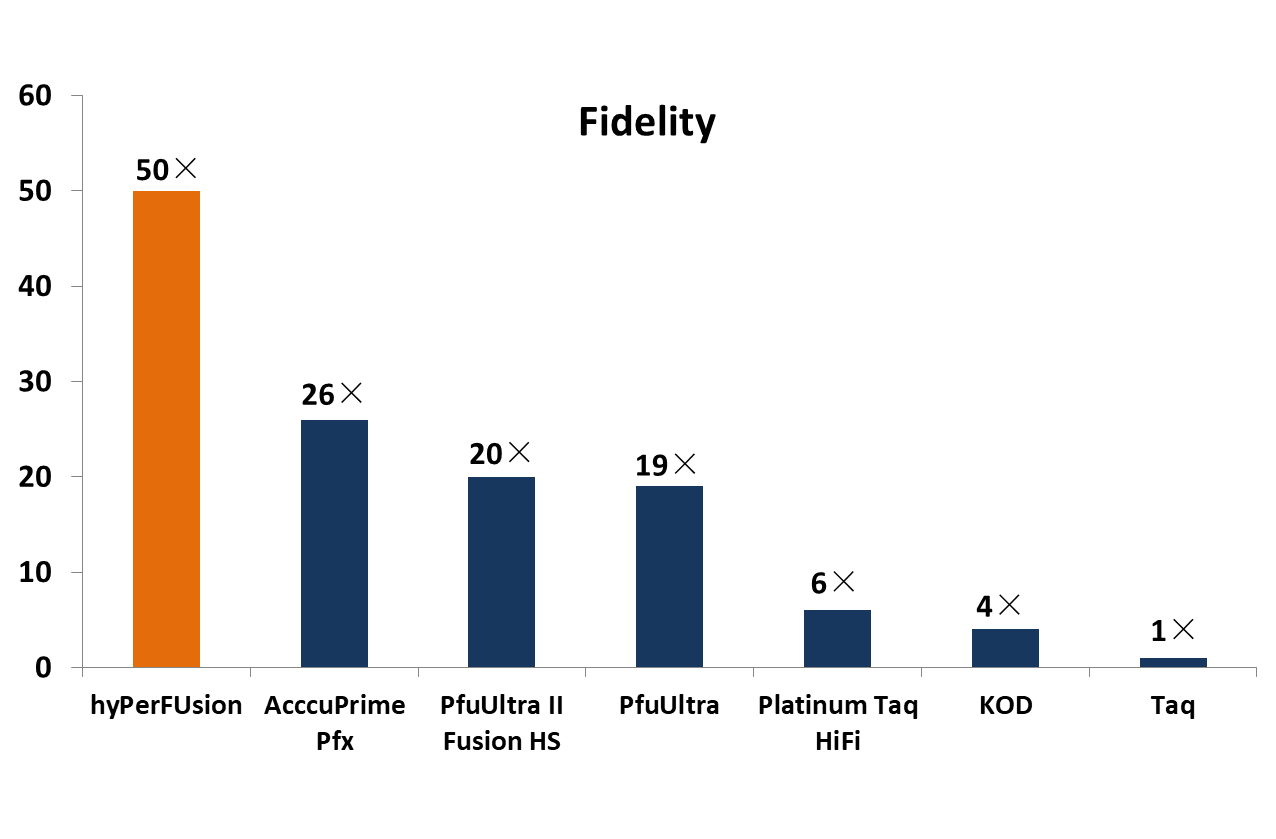
Several studies on the collagen receptor DDR1 have revealed a defined collagen signaling pathway that causes cell scattering and cadherin switching. As mentioned earlier, DDR GSK503 mg on collagens are distinct from integrin binding sites; therefore, the same collagen protein can bind to DDR and in
-
In some cases more than
2020-02-25
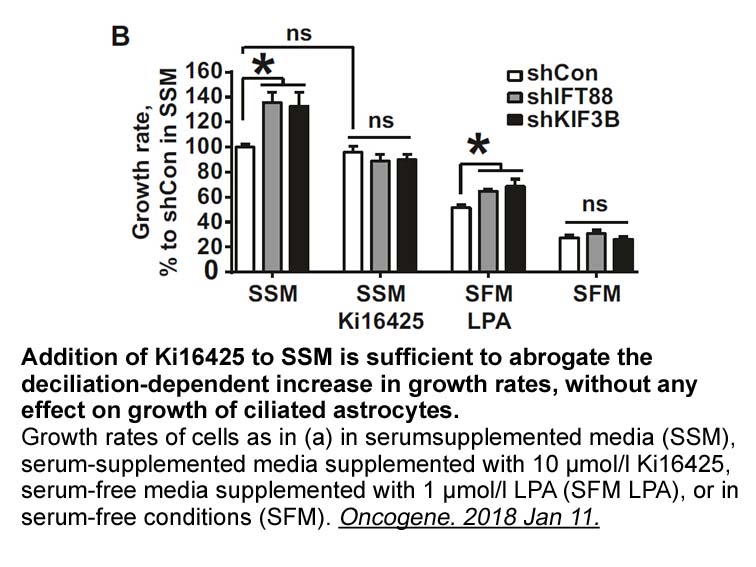
In some cases, more than one CYP450 enzyme may be involved in the metabolism of a drug, and an Eadie–Hofstee plot is usually more reliable for assessing the involvement of multiple caspase pathway (Bu, 2006). Therefore, we first plotted the Eadie–Hofstee curves and observed their shape to determine
-
br Acknowledgments This work was supported by
2020-02-25
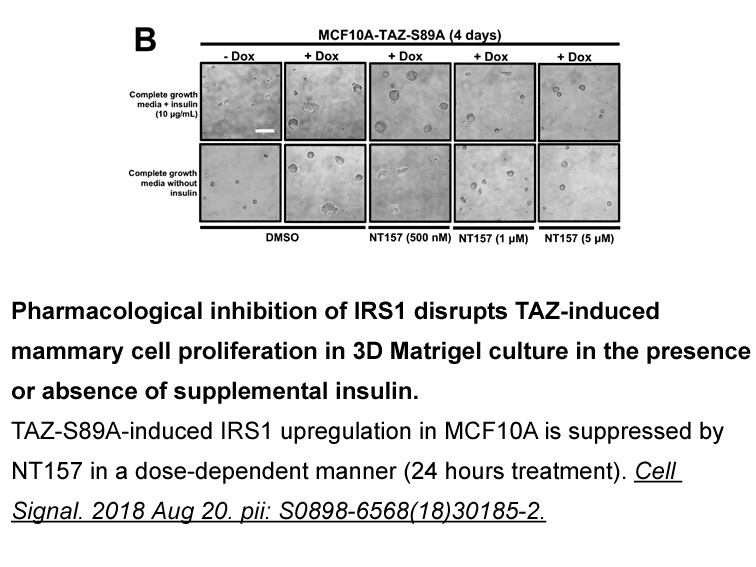
Acknowledgments This work was supported by a grant from the National Center for GM Crops (PJ008152) of the Next Generation BioGreen 21 Program funded by the Rural Development Administration, Republic of Korea, to W.T.K. Introduction Ubiquitin (Ub) has been considered as one of the most import
-
Compounds that interact with MDR can do so by different
2020-02-25
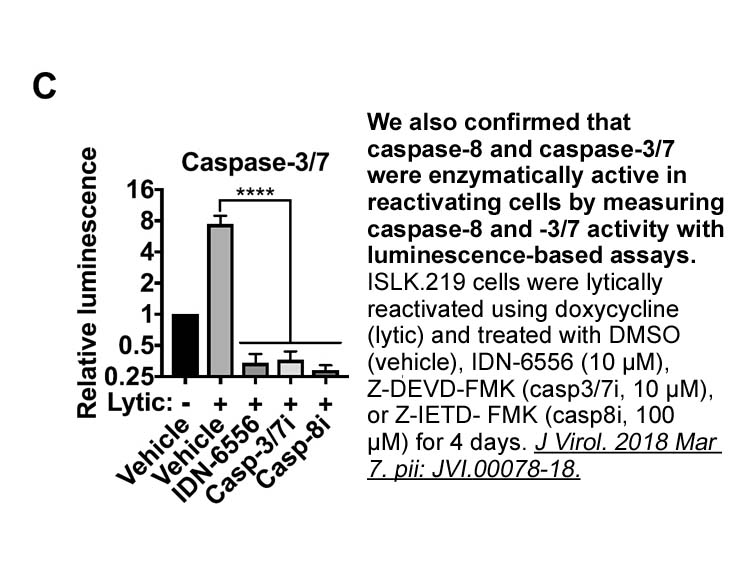
Compounds that interact with MDR1 can do so by different mechanisms. Verapamil is known to modulate drug resistance by acting as a competitive MDR1 substrate [36]. Interestingly, NU7441 has similar growth inhibitory activity in the sensitive and resistant CCT251545 analogue and there was no observe
-
Saito et al reported that d http www apexbt
2020-02-24
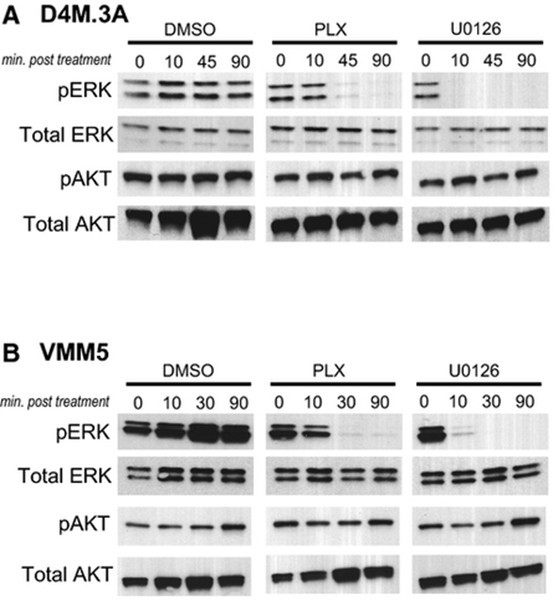
Saito et al. reported that diabetic bone has lower lysyl oxidase-derived enzymatic cross-links in collagen compared to non-diabetic bone, based on studies performed in a rat model [9]. Lysyl oxidase plays a pivotal role in bone development and function, as revealed in classical studies [10], [11]. L
-
Hence what is proposed here is a technique highly used
2020-02-24
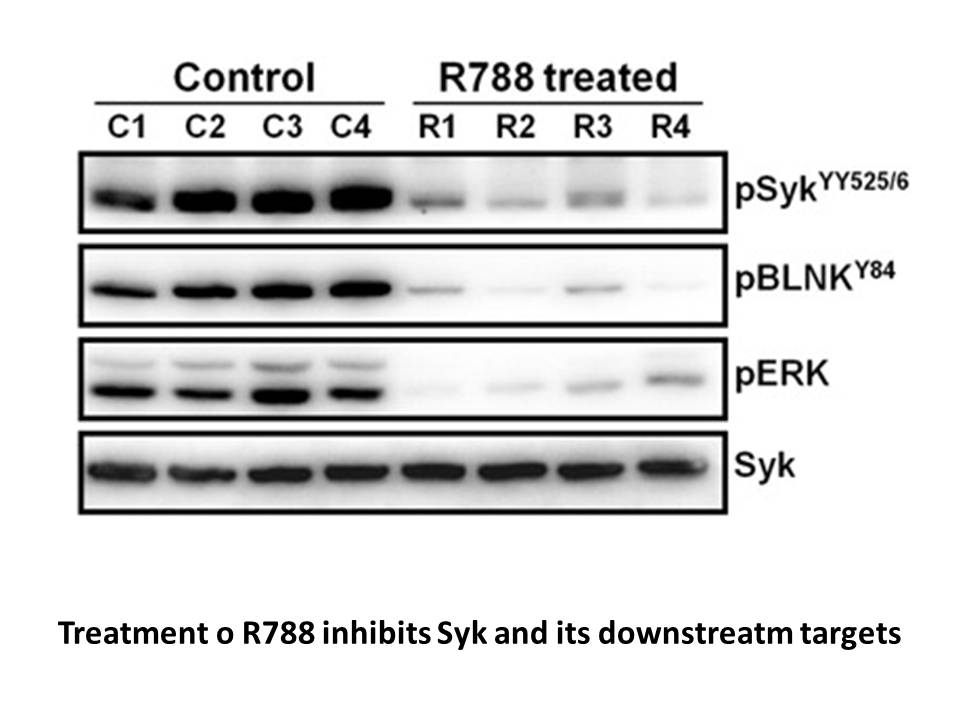
Hence, what is proposed here is a technique highly used in reliability engineering: Software Rejuvenation[4], [21], a technique of proactive fault tolerance in which the system is periodically reboot to clean the memory. In fact, it is well known that most critical SW failures are transient. These m
-
Bexarotene Based on the above we hypothesized that a PROTAC
2020-02-24
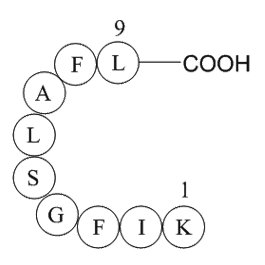
Based on the above, we hypothesized that a PROTAC strategy would be effective to induce CK2 protein degradation. Herein reported is an approach for the preparation of novel PROTACs via “click reaction” for degradation of CK2 protein (Fig. 2). Importantly, “click reaction” is a very facile, selective
-
br Introduction Breast cancer is the most common
2020-02-24

Introduction Breast cancer is the most common malignant tumor in women and the second leading cause of female death [1]. In recent years, with the improvement of early detection and the emergence of new treatment methods, the mortality rate of breast cancer has been greatly reduced. However, the
-
PET CT static images of F CJ acquired
2020-02-24
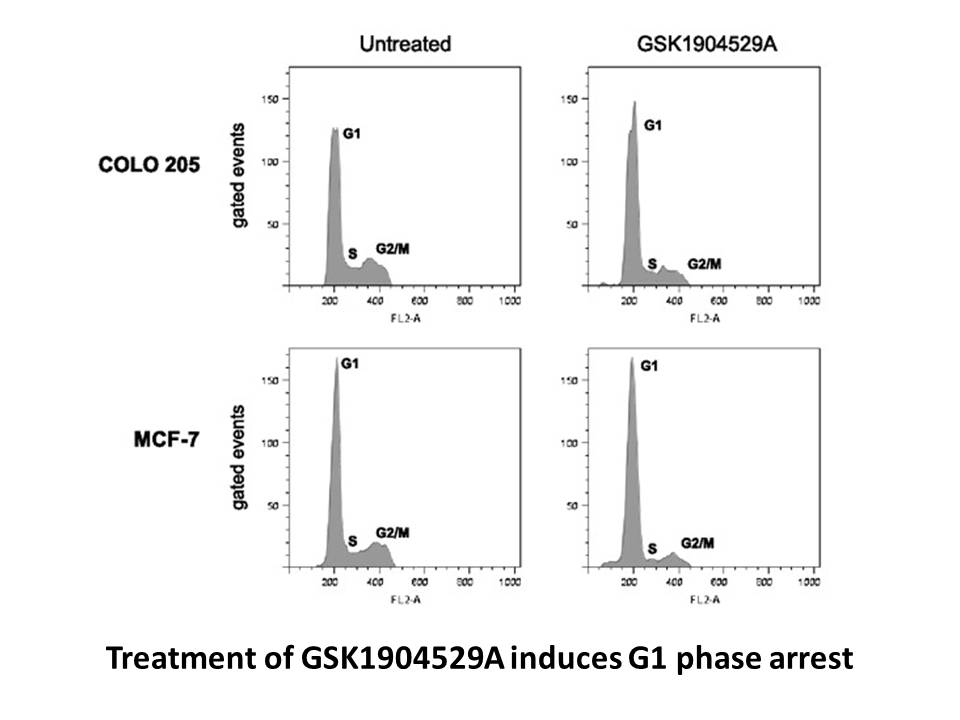
PET/CT static images of F-CJ-042794 acquired at 1h p.i. from LNCaP tumour-bearing mice with/without co-injection of non-radioactive CJ-042794 (50μg) are shown in . The LNCaP tumours were clearly visualized in PET images with a moderate tumour-to-background contrast. High radioactivity accumulation w
-
In some cases more than
2020-02-24
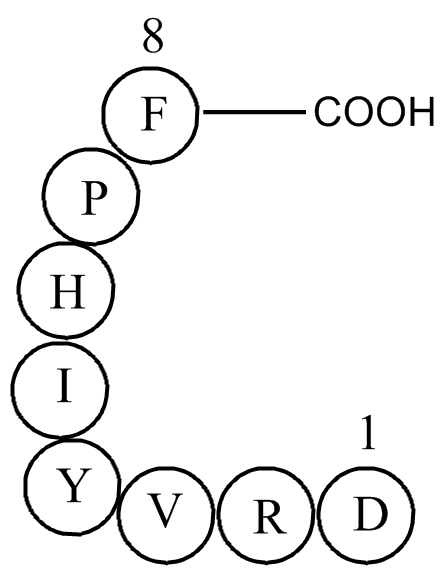
In some cases, more than one CYP450 enzyme may be involved in the metabolism of a drug, and an Eadie–Hofstee plot is usually more reliable for assessing the involvement of multiple donepezil hydrochloride australia (Bu, 2006). Therefore, we first plotted the Eadie–Hofstee curves and observed their
-
The identification of CCR B cells within the LZ
2020-02-24
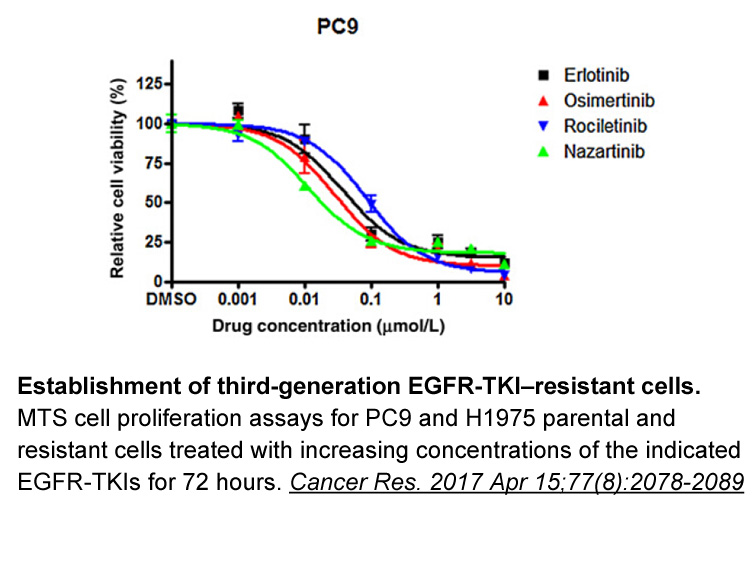
The identification of CCR6+ torin receptor within the LZ as direct progenitors of MBCs provides a new window into the evolution of immune responses. In practical terms, flow-cytometric detection of CCR6+ GC B cells could provide a means of rapidly assessing vaccine efficacy when applied to fine nee
-
br Are incretins the only mediators of the anti hyperglycaem
2020-02-24
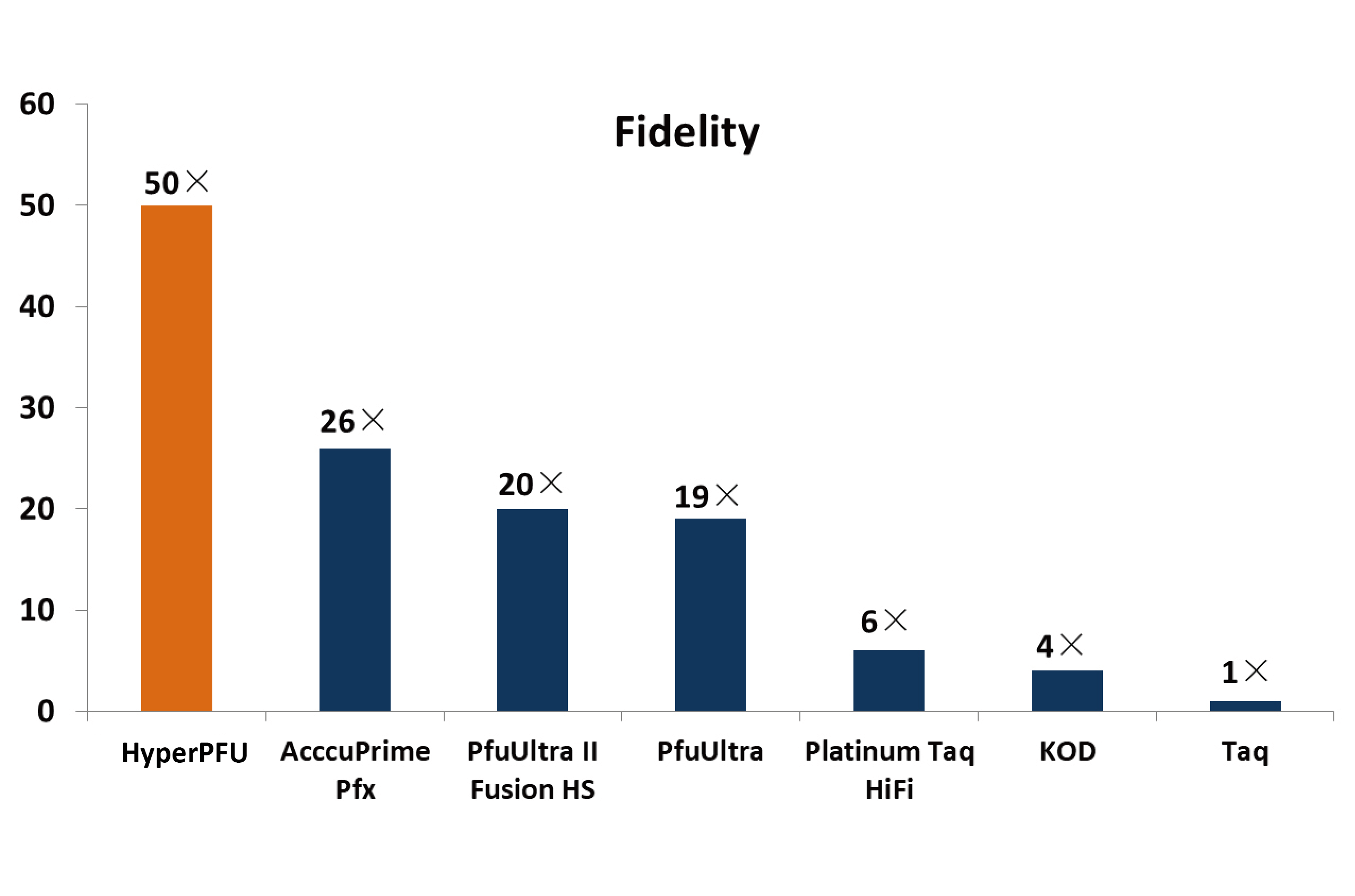
Are incretins the only mediators of the anti-hyperglycaemic effects of DPP-4 inhibitors? Even though both GLP-1 and GIP were identified as substrates for DPP-4 early on [17], [19], [20], [22], and DPP-4 inhibition in vivo raises levels of the intact endogenous forms of both of them [43], [44], fr
16090 records 900/1073 page Previous Next First page 上5页 896897898899900 下5页 Last page